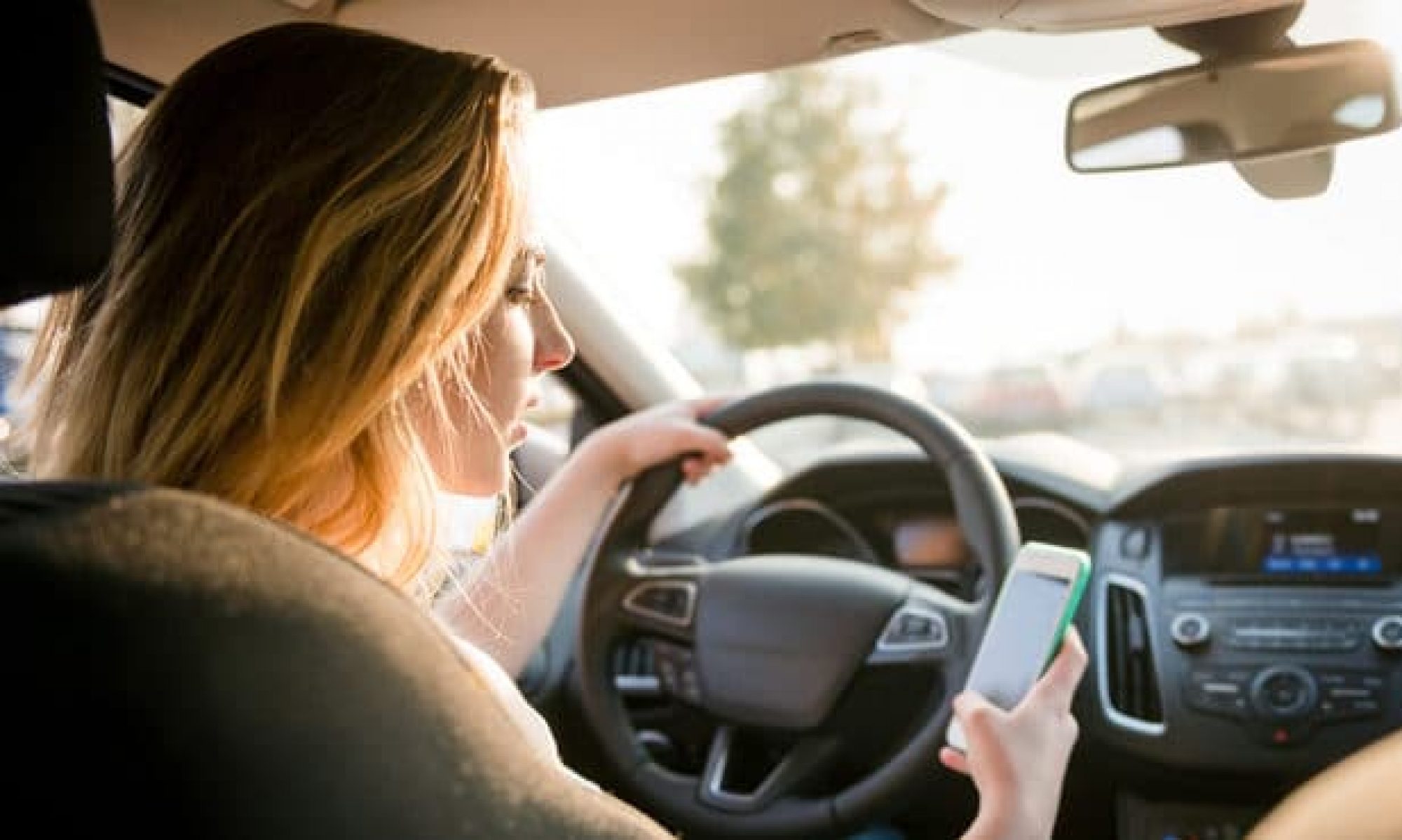This week, I was successfully able to complete and test my code for creating and training our eye classification model using SVM. To create and train this SVM model, I first have a calibration system where the user follows prompts to keep their eyes open for a period of time, in which I calculate their various eye aspect ratios and create a dataset of vectors based on this. Then, I repeat this with the user’s eyes being closed. Afterwards, I use this data to train a SVM classifier for that specific person. My SVM classifier has two labels: 0, which classifies the eyes as open, and 1, which classifies the eyes are closed. It is important to note that I am only using our custom calibration data for my training my model, and not data from a database, since each person has unique thresholds. Then, during my real-time eye classification, I use this trained model to determine if the user’s eyes are closed or not. If the user’s eyes are closed for at least 1 second, my code detects that the user is drowsy. If the user is detected to be drowsy, I currently have a visual alert, which will later be changed to an audio alert. I have a screenshot of this below. So far, with testing with Heidi and myself, my model has been accurate. I am in the process of testing with DROZY, a drowsiness database, to see how accurate my overall drowsiness detector is. The next action for this code is to hand it over to Danielle, who will add the focus timer, audio prompts for calibration, and audio alerts for drowsiness being detected.

I am currently on schedule. Next week, I will work with Heidi to integrate her head pose algorithm with my eye classification algorithm, so it is in one seamless file to run on the Jetson. If we cannot complete this in time before the demo, we will just have our calibration mechanisms integrated.
Resources:
DROZY: http://www.drozy.ulg.ac.be/

